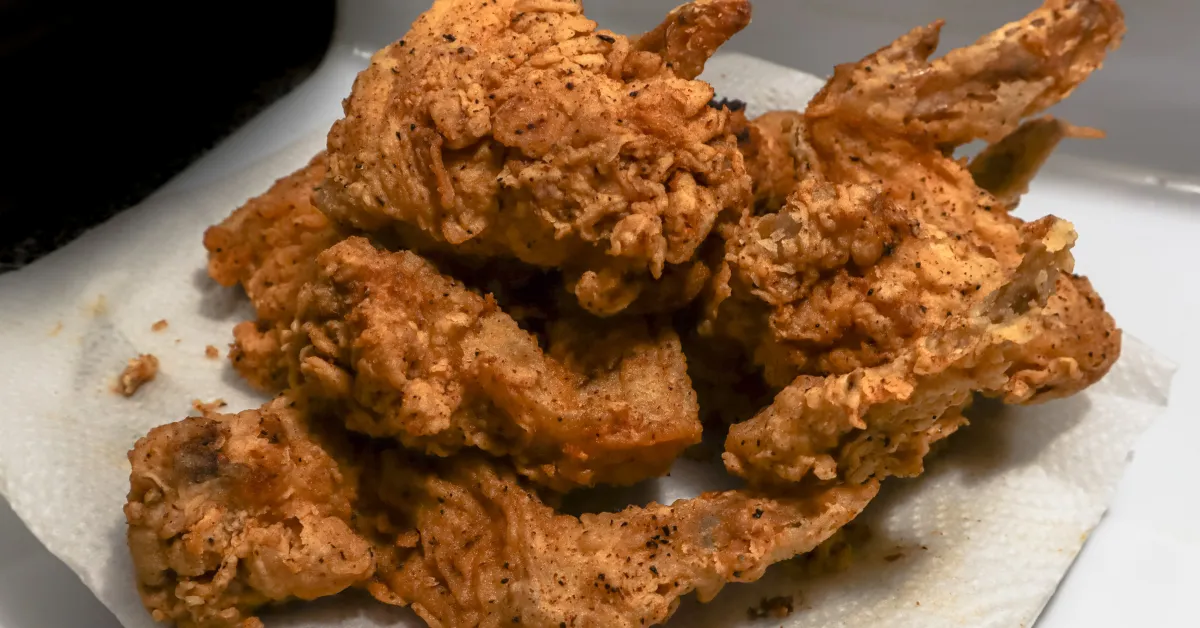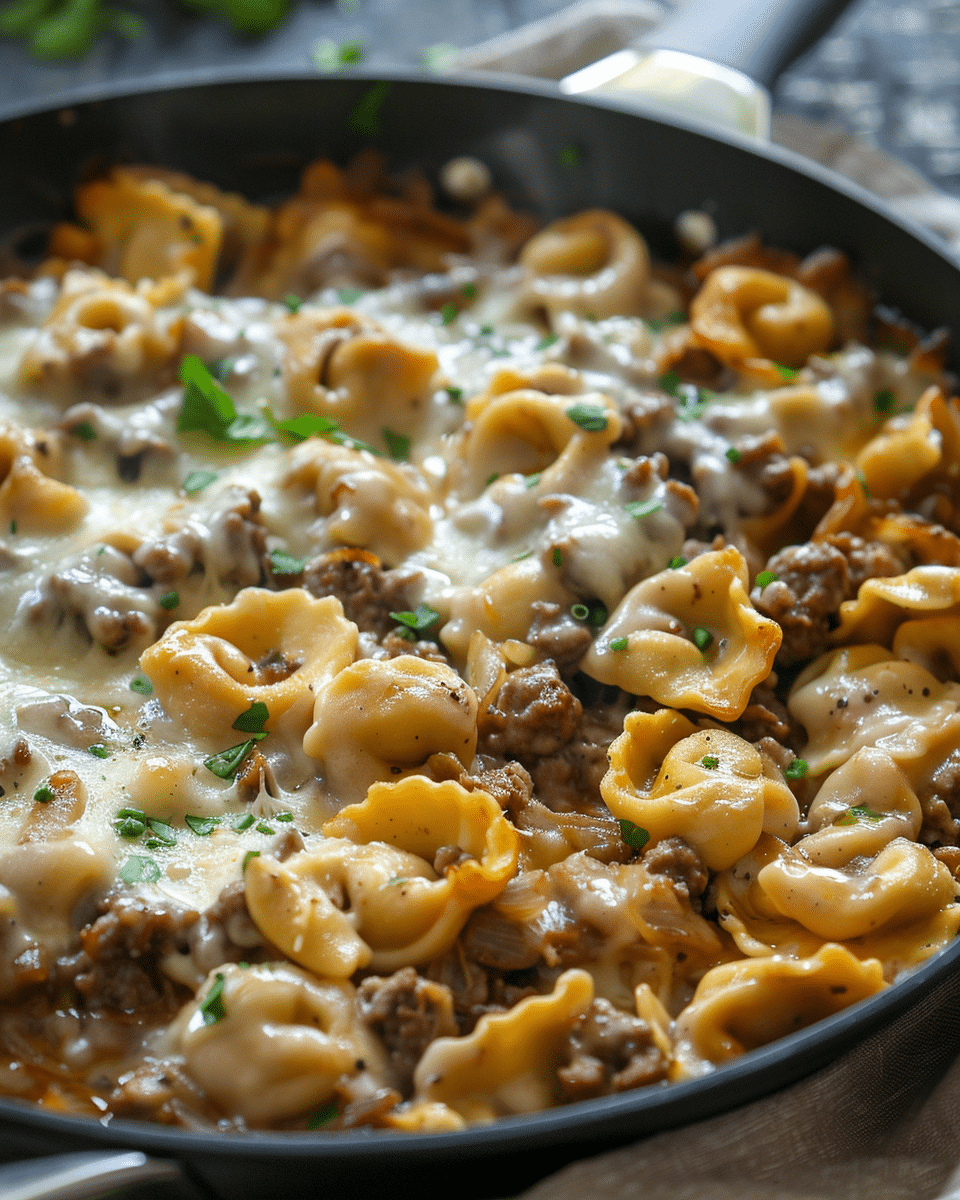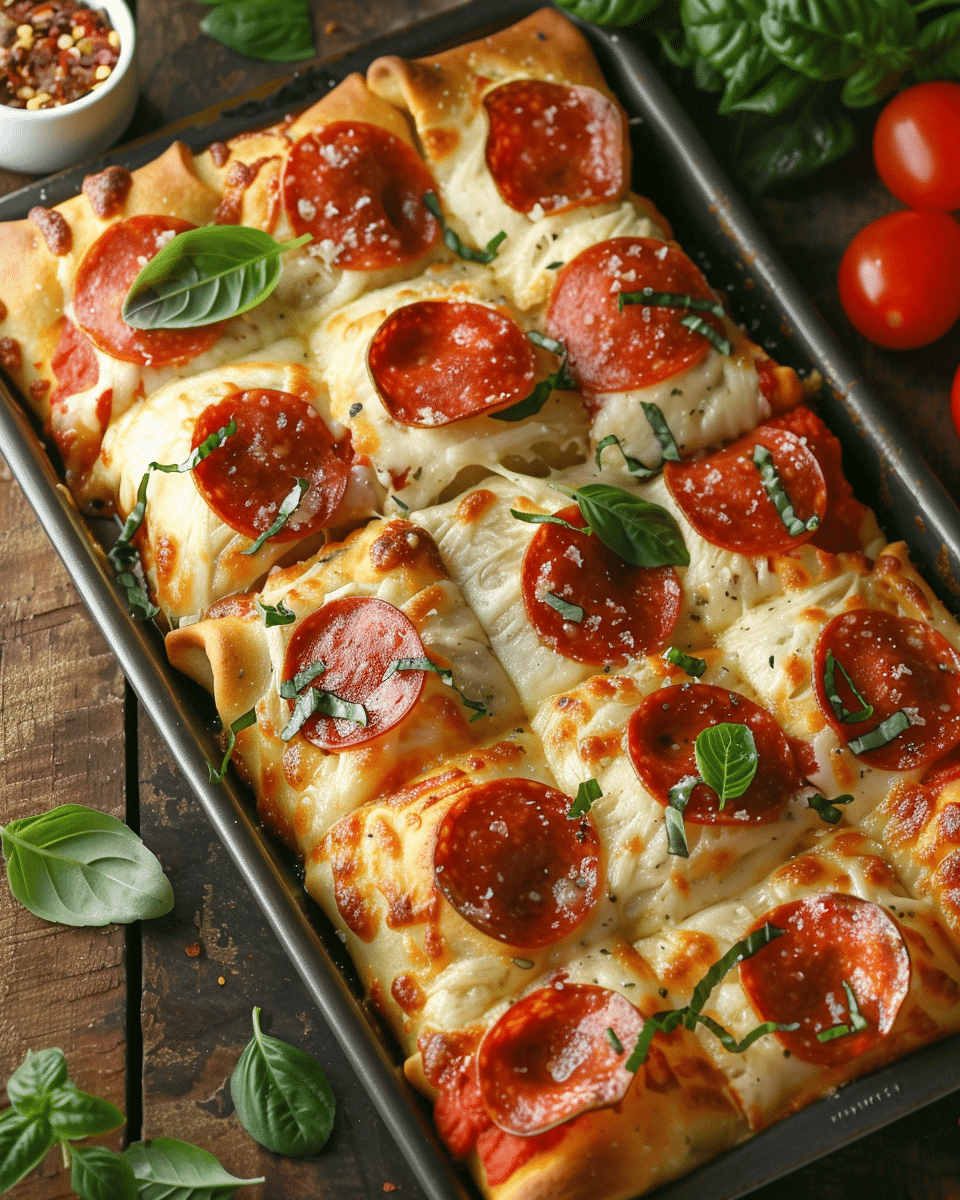Fried foods have been a staple in many cultures for centuries. The allure of a crispy exterior giving way to tender, juicy insides is something that transcends borders. Among these, fried chicken stands out as a universally loved dish. But have you ever stopped to wonder, who invented fried chicken?
The Origins of Fried Chicken
Ancient Frying Techniques
The art of frying food dates back to ancient civilizations. Long before the advent of modern cooking appliances, our ancestors discovered the magic of immersing food in hot oil. In ancient Egypt, for instance, frying was a popular method to prepare fish and poultry, ensuring a crispy exterior and a tender interior. Similarly, ancient Romans documented recipes that involved frying in olive oil, showcasing the age-old love for this cooking technique.
Early Mentions of Fried Poultry
Transitioning from the broader history of frying, the early mentions of fried poultry can be traced back to various ancient texts. In the Middle Ages, several European cookbooks highlighted recipes that bore a resemblance to what we now recognize as fried chicken. These early recipes, though not exactly the fried chicken we know today, laid the foundation for the evolution of this beloved dish. The method of frying poultry was not just limited to Europe; it was a culinary practice that spanned continents, with each region adding its unique twist.
The origins of fried chicken are deeply rooted in ancient culinary traditions, and understanding these beginnings gives us a greater appreciation for the crispy delight we enjoy today.
Who Invented Fried Chicken?
Fried chicken, a dish loved by many across the globe, has a history that’s as rich and diverse as its flavor. The exact origins of fried chicken are a bit murky, but the dish has been influenced by various cultures and cuisines over the centuries.
The practice of frying chicken can be traced back to ancient civilizations. The Romans, for instance, had a dish called “pullum frontonianum,” which was chicken fried in olive oil, seasoned with pepper and served with a wine-soaked bread sauce. However, this was not the fried chicken we know and love today.
Scottish Influence and the American South
The modern version of fried chicken that many are familiar with, especially the seasoned and spiced variety, has its roots in the American South. It’s believed that Scottish immigrants brought their tradition of frying chicken to the United States. The Scots had a simple method of frying chicken without seasoning, but when this method met the rich culinary traditions of West African slaves in the southern U.S., it transformed. The African slaves, who often worked as cooks in white households, introduced a variety of seasonings and spices to the dish, giving birth to the flavorful Southern fried chicken we know today.
The dish gained immense popularity in the American South due to a combination of factors. Chickens were commonly raised by many households, making them readily available. Moreover, frying was a quick and easy way to prepare food, and the added spices helped preserve the chicken in the hot and humid climate of the South.
Global Variations
Over time, as people moved and cultures merged, fried chicken began to take on local flavors and variations. For instance, in Asia, countries like South Korea have their own version called “yangnyeom chicken,” which is a spicy, sweet, and crispy fried chicken. Similarly, Japan has “karaage,” a type of fried chicken marinated in soy sauce, garlic, and ginger.
In conclusion, while the exact individual or culture that “invented” fried chicken remains elusive, it’s clear that the dish has been influenced by multiple cultures over time. The fried chicken we enjoy today is a culmination of culinary traditions from ancient Rome, Scotland, West Africa, and the American South, among others.
The Journey of Fried Chicken
From Local Delicacy to Global Sensation
The story of fried chicken is not just about a dish; it’s about a culinary evolution that transcended borders and cultures. Initially, fried chicken was a local delicacy, savored in specific regions, each with its distinct flavors and preparation methods. However, as trade routes expanded and cultures intermingled, the love for this crispy treat began to spread.
In the early days, fried chicken was a dish reserved for special occasions. It was a luxury, often enjoyed during celebrations and communal gatherings. The process of preparing and frying the chicken was meticulous, often involving family recipes passed down through generations.
The Role of Spices and Herbs
One of the pivotal factors in the global spread of fried chicken was the infusion of spices and herbs. As the dish traveled from one region to another, it absorbed the local flavors. In some places, it was the fiery kick of chili, while in others, it was the aromatic blend of herbs like rosemary and thyme. These spices not only enhanced the flavor but also added a layer of complexity to the dish, making it adaptable and beloved by diverse palates.
The journey of fried chicken is a testament to the power of food in bridging cultural gaps. From its humble beginnings in local kitchens to its status as a global culinary icon, fried chicken has come a long way, bringing people together with its universal appeal and irresistible crunch.
The American Influence on Fried Chicken
Fried chicken, as we recognize it today, owes a significant portion of its development and popularity to the American South. The American influence on this dish has not only shaped its flavors and cooking techniques but has also played a pivotal role in its global recognition.
Origins in the South
The Southern states of the U.S. became the crucible where various culinary traditions merged to give birth to the iconic Southern fried chicken. Scottish immigrants, who traditionally fried their chicken without seasoning, brought their cooking methods to the South. However, it was the African slaves, who often worked in kitchens, that introduced a rich blend of spices and seasonings to the dish. This fusion of Scottish frying techniques with African seasonings created a unique and flavorful version of fried chicken that quickly became a staple in Southern households.
Cultural Significance
In the South, fried chicken wasn’t just a dish; it was a cultural symbol. It became a common centerpiece at social gatherings, church picnics, and family reunions. Its affordability and the ease of raising chickens made it accessible to both rich and poor. Moreover, the dish became synonymous with hospitality and warmth. If a guest arrived at a Southern home, it was customary to serve fried chicken as a gesture of welcome.
Commercialization and Global Spread
The 20th century saw the commercialization of fried chicken, turning it from a household dish to a global fast-food phenomenon. Harland Sanders, better known as Colonel Sanders, played a significant role in this transformation. In 1936, he founded Kentucky Fried Chicken (KFC), which introduced Southern fried chicken to a broader American audience and eventually to the world. The franchise model of KFC allowed it to spread rapidly, making Southern-style fried chicken a global favorite.
Other brands, such as Popeyes and Chick-fil-A, also emerged, each offering their unique take on the dish and contributing to its widespread popularity.
Modern Variations
As fried chicken traveled across the U.S. and beyond, it began to take on local flavors. Nashville, for instance, became famous for its spicy “Nashville Hot Chicken.” American-style fried chicken changed in different countries. In Korea, it got a garlic-soy flavor. In Japan, it became “karaage.”
Conclusion
The American influence on fried chicken is undeniable. From its roots in the Southern states, where it absorbed a rich tapestry of flavors and traditions, to its global spread through fast-food chains, the journey of fried chicken is a testament to American culinary innovation and cultural export. Today, fried chicken is not just an American favorite; it’s a global sensation, enjoyed by people from all walks of life.
Variations Around the World
Korean Fried Chicken
One of the most notable variations of fried chicken hails from South Korea. Korean fried chicken, often abbreviated as KFC, is renowned for its incredibly crispy exterior and flavorful glaze. Double frying is the secret behind its signature crunch, ensuring that the skin achieves a level of crispiness that’s hard to match. Typically, it’s coated with a sweet and spicy sauce made from gochujang (Korean red chili paste), honey, and other ingredients, giving it a unique flavor profile that’s both fiery and sweet. For those who love a classic, the whole fried chicken recipe remains a favorite.
Japanese Karaage
Moving a bit eastward, Japan offers its own take on fried chicken called “Karaage.” Karaage is made by marinating bite-sized pieces of chicken in a mixture of soy sauce, garlic, and ginger, then lightly coating them in potato starch or flour before frying. The result is a tender, juicy interior with a light and crispy exterior. Often enjoyed with a squeeze of lemon or a side of mayo, Karaage is a popular snack and bento box staple in Japan.
Chinese Fried Chicken
China has many fried chicken versions. A favorite is “Salt and Pepper Chicken.” It uses spices like numbing Sichuan peppercorns. It’s often fried with vegetables like bell peppers and onions. This adds color and flavor. Another type is “Five Spice Fried Chicken.” It uses Chinese five-spice powder, giving the chicken a unique aroma.
The beauty of fried chicken lies in its adaptability. As it traveled across continents, it morphed and evolved, picking up local flavors and techniques. These variations, each with its unique taste and texture, showcase the universal love for fried chicken and its ability to resonate with palates around the globe.
The Science Behind the Crunch of Fried Chicken
The unmistakable crunch of a perfectly fried piece of chicken is a sensory delight that many of us crave. But have you ever wondered what’s happening at a molecular level to give fried chicken its signature crispy texture? Let’s dive into the fascinating science behind that satisfying crunch.
1. The Maillard Reaction
Central to the browning and flavor development of fried chicken is the Maillard reaction. This is a chemical reaction between amino acids (the building blocks of proteins) and reducing sugars in the chicken. When the chicken is exposed to high heat, these compounds react to produce hundreds of different flavor compounds and that golden-brown color we associate with perfectly fried chicken. This reaction is responsible not just for the color but also for the rich, complex flavors of the crust.
2. Water Evaporation
Chicken contains a significant amount of water. When it’s fried, the water inside the chicken turns to steam. This steam tries to escape, pushing outwards. As it moves through the batter or breading, it cooks the starches and proteins, setting them into a rigid structure – the crust. The escaping steam also ensures that the crust doesn’t get soggy from the inside.
3. Starch Gelatinization
The batter or flour coating often contains starch. When exposed to the hot oil, the starch granules absorb any available water and swell up. This process, known as gelatinization, contributes to the formation of a solid, crispy crust. The type of flour used can impact the final texture, with rice flour, for instance, giving a different kind of crunch compared to wheat flour.
4. Protein Denaturation
Proteins in the chicken and the batter undergo denaturation when fried. This means they lose their natural structure and then coagulate, or bond together. This coagulation of proteins contributes to the formation of the crust and the firming up of the chicken’s flesh inside.
5. Oil Type and Temperature
The type of oil used and its temperature play a crucial role in achieving the perfect crunch. Oils with a high smoke point, like peanut or canola oil, are ideal for frying. The temperature of the oil determines how quickly the chicken cooks and how crispy the crust becomes. Too low, and the chicken can become greasy. Too high, and it might burn on the outside while remaining raw inside.
6. Thickness of the Coating
The thickness of the batter or breading can influence the crunchiness. A thin batter often results in a light, delicate crunch, while a thicker coating or breading can lead to a more substantial, hearty crunch.
Summary
The next time you bite into a piece of crispy fried chicken, remember that there’s a symphony of scientific processes at play. From chemical reactions to physical changes, multiple factors come together in harmony to produce that delightful crunch. It’s a perfect blend of art and science, and understanding it only adds to the appreciation of this beloved dish.
Health Implications
Nutritional Value
Fried chicken, when consumed in moderation, can be a source of essential nutrients. It provides protein, which is vital for muscle growth and repair. Additionally, chicken contains vitamins and minerals such as B-vitamins, iron, and zinc. However, the frying process can alter some of these nutritional benefits. The addition of batter and the immersion in oil can increase the calorie, fat, and sodium content of the chicken, which can have implications for one’s health when consumed in excess.
Moderation is Key
While fried chicken is undeniably delicious, it’s essential to approach it with a sense of balance. Regularly indulging in fried foods can lead to an array of health issues, including weight gain, increased cholesterol levels, and a higher risk of heart diseases. The type of oil used for frying also plays a significant role. Oils that are high in saturated fats or trans fats can have adverse effects on heart health. On the other hand, using healthier oils like olive or canola can mitigate some of these risks.
Furthermore, the accompaniments often served with fried chicken, such as creamy sauces or deep-fried sides, can further amplify the calorie and fat content of a meal. Opting for healthier sides like salads or steamed vegetables can create a more balanced meal.
In essence, while fried chicken can be a delightful treat, it’s crucial to enjoy it as part of a varied and balanced diet. Being mindful of portion sizes, the frequency of consumption, and the preparation method can allow one to savor this crispy delight without compromising health.
Popular Brands and Their Stories
KFC’s Rise to Fame
The most iconic fried chicken brand is Kentucky Fried Chicken. It’s commonly called KFC. Founded by Colonel Harland Sanders in the 1930s, KFC started as a small roadside restaurant in Corbin, Kentucky. The Colonel’s secret blend of 11 herbs and spices set his chicken apart, leading to its immense popularity. Over the years, KFC expanded globally, becoming synonymous with fried chicken for many. The brand’s story is a testament to the power of innovation, persistence, and, of course, a secret recipe.
Popeyes and its Spicy Twist
Originating in New Orleans, Louisiana, Popeyes brought a spicy, Cajun twist to the fried chicken market. Founded by Al Copeland in 1972, Popeyes quickly distinguished itself with its rich, flavorful chicken marinated in Louisiana seasonings. The brand’s spicy chicken, buttery biscuits, and signature side dishes have garnered a loyal following. In recent years, their chicken sandwich created a sensation, sparking widespread discussions and comparisons, further cementing Popeyes’ place in the fried chicken hall of fame.
Chick-fil-A and the Chicken Sandwich
Chick-fil-A, founded by S. Truett Cathy in 1967, revolutionized the fast-food industry with its chicken sandwich. Based in Atlanta, Georgia, Chick-fil-A’s commitment to quality and service set it apart. Their simple yet delicious sandwich, consisting of a breaded chicken breast between two buttered buns with pickles, became an instant classic. The brand’s emphasis on values, community engagement, and customer service has contributed to its widespread success and dedicated fanbase.
Each of these brands has carved out a unique niche in the fried chicken market, with stories that highlight the passion, innovation, and dedication behind their success. Their journeys, from humble beginnings to global recognition, underscore the universal appeal of fried chicken and its enduring place in our culinary hearts.
The Future of Fried Chicken
Fried chicken, with its rich history and universal appeal, has continuously evolved over the centuries. As we look ahead, several trends and innovations are shaping the future of this beloved dish, ensuring that it remains relevant and continues to tantalize taste buds worldwide.
1. Healthier Alternatives
With a growing emphasis on health and wellness, there’s a surge in demand for healthier versions of traditional fried chicken. Innovations include:
- Air-frying: This method uses hot air circulation to achieve the crispy texture of fried chicken without submerging it in oil. It significantly reduces the fat content, making it a healthier alternative.
- Oven-baking: Baked “fried” chicken offers a crunch similar to its deep-fried counterpart but with fewer calories and less fat.
2. Plant-based “Chicken”
The rise of vegetarianism and veganism has led to the development of plant-based alternatives that mimic the taste and texture of chicken. Brands like Beyond Meat and Impossible Foods make plant-based chicken products. These can be fried and taste like traditional chicken. They’re for those avoiding animal products.
3. Global Flavors and Fusion
As the world becomes more interconnected, there’s a blending of culinary traditions. Fusion fried chicken dishes that combine flavors from different cuisines are emerging. Think of Korean-Mexican fusion fried chicken or a blend of Indian spices with traditional Southern fried chicken.
4. Sustainable Farming
There’s a growing awareness about the environmental and ethical implications of food production. This has led to a demand for chickens that are raised sustainably, without antibiotics, and under humane conditions. Ethically sourced and organic fried chicken might become the norm in many establishments.
5. Technological Innovations
From AI-powered cooking robots that ensure the perfect fry every time to apps that allow customization of flavors and spices, technology will play a significant role in the fried chicken of the future.
6. Experiential Dining
The future of fried chicken isn’t just about the dish itself but also the dining experience. Pop-up fried chicken bars, immersive dining experiences where the history and evolution of the dish are narrated, or DIY fried chicken stations at restaurants could become popular.
7. Environmental Considerations
With concerns about the environment, there’s research into producing lab-grown chicken meat. This “cultured” meat could provide a more sustainable way of enjoying fried chicken without the environmental footprint associated with poultry farming.
Conclusion
The future of fried chicken is bright and full of possibilities. While the essence of crispy, flavorful chicken will remain, the ways we produce, cook, and enjoy it will evolve. Embracing change while staying rooted in tradition, fried chicken will continue to be a dish that resonates with generations to come.
FAQs
How is KFC chicken made?
KFC, or Kentucky Fried Chicken, is renowned for its “finger-lickin’ good” chicken, and the secret lies in its preparation and recipe. The chicken is first marinated to ensure tenderness. It’s then coated in a secret blend of 11 herbs and spices, which remains a closely guarded secret to this day. Once coated, the chicken pieces are pressure-fried to achieve that signature crispy exterior while keeping the inside juicy. The exact details of the recipe and preparation methods are proprietary to KFC, but this general process gives their chicken its distinctive taste and texture.
Who invented fried rice?
Fried rice is believed to have originated in China during the Sui dynasty (589–618 AD). It was created as a way to repurpose leftover rice and prevent wastage. By frying the rice with some vegetables, meats, or eggs, not only was the rice’s shelf life extended, but a delicious new dish was born. Over time, as Chinese culinary influence spread, variations of fried rice emerged in different cultures, each adding its unique twist to the dish.
Why is fried chicken so good?
The allure of fried chicken lies in its perfect combination of textures and flavors. The crispy, golden-brown exterior contrasts beautifully with the tender and juicy meat inside. The frying process locks in the chicken’s natural juices while the outer layer becomes crunchy. Additionally, the seasoning, whether it’s a simple salt and pepper mix or a more complex blend of herbs and spices, adds layers of flavor that tantalize the taste buds. The Maillard reaction, which occurs when frying, also produces a rich array of flavors, making the chicken taste even better. All these factors combined create a sensory experience that many find irresistible.
Is KFC fried or baked?
KFC chicken is fried, not baked. It’s pressure-fried, a mix of frying and pressure cooking. This method cooks the chicken fast. It gives a crispy outside and a juicy inside. KFC is famous for its fried chicken. However, some locations offer grilled chicken as a healthier choice.
Conclusion
Understanding the origins, preparation methods, and the science behind popular dishes like fried chicken offers a deeper appreciation for the culinary arts. From the secret blend of KFC’s 11 herbs and spices to the ancient beginnings of fried rice, every dish has a story that’s intertwined with culture, history, and innovation. As we savor each bite, it’s fascinating to reflect on the journey of these dishes and the myriad of factors that contribute to their enduring popularity. Whether it’s the crispy allure of fried chicken or the versatile comfort of fried rice, these dishes stand as testaments to the timeless appeal of well-cooked food.








